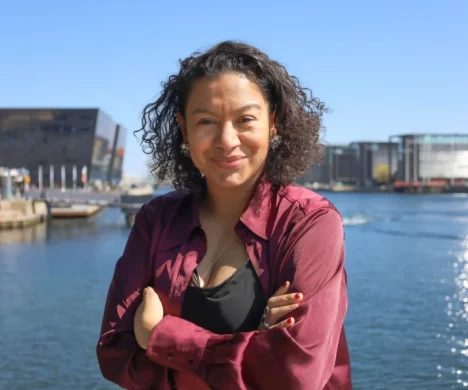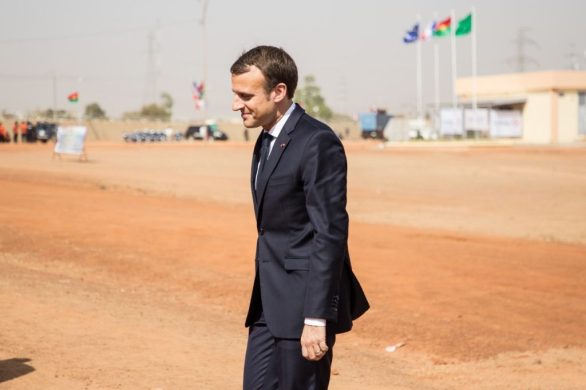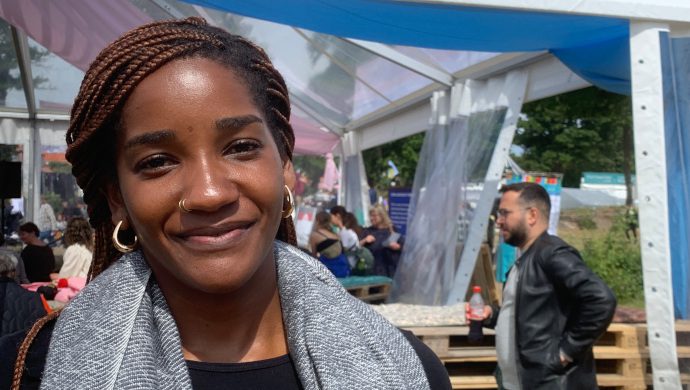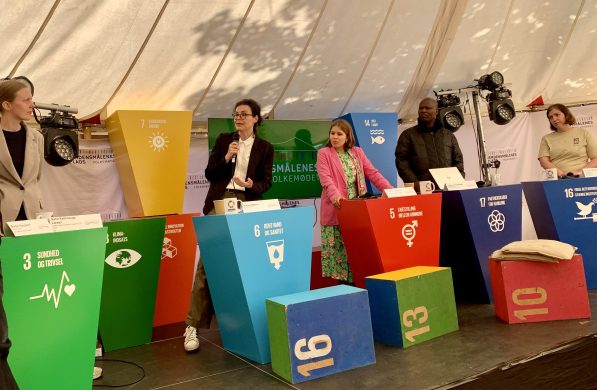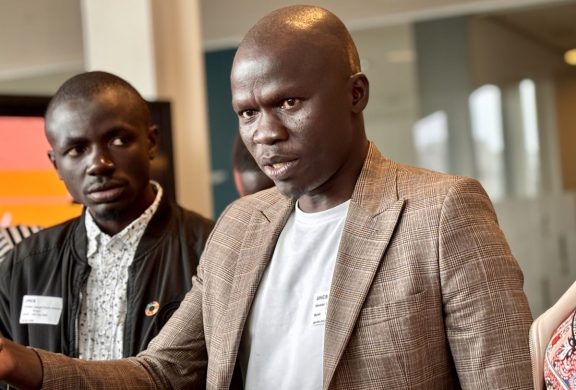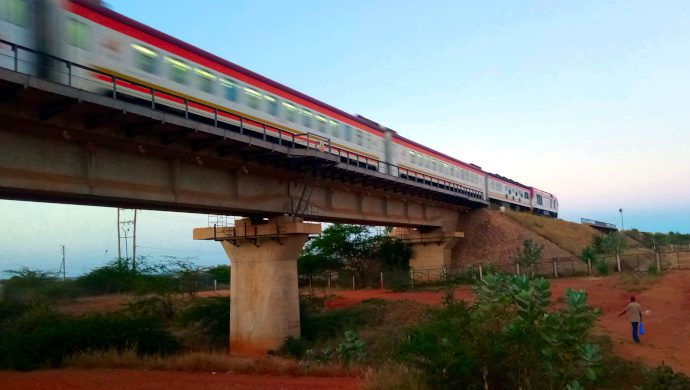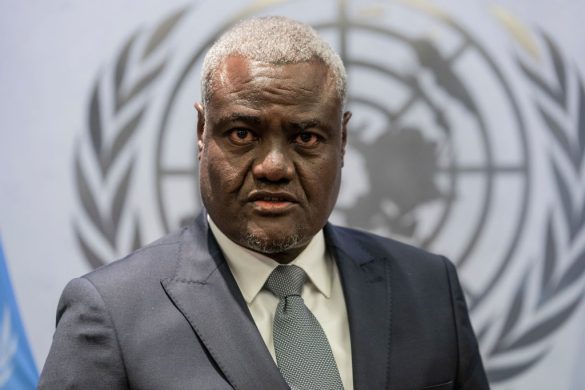Manglende adgang til elektricitet og enorme udfordringer i energisektoren er med til at bremse Afrikas udvikling. Det understreger en ny rapport fra IEA, der vurderer at 620 mio. mennesker i Afrika lever uden elektricitet.
Paris 14. oktober 2014: “A better functioning energy sector is vital to ensuring that the citizens of sub-Saharan Africa can fulfil their aspirations. The energy sector is acting as a brake on development, but this can be overcome and the benefits of success are huge.”
So said IEA Executive Director Maria van der Hoeven in conjunction with the release of the Africa Energy Outlook report, a part of the International Energy Agency’s (IEA) 2014 World Energy Outlook series of reports.
According to the report, more than 620 million people in sub-Saharan Africa are living without electricity, while nearly 730 million people rely on what the IEA describe as “dangerous” and “inefficient” forms of cooking. The use of solid biomass, in the form of fuels like fuel wood and charcoal, outweighs that of any other fuel, combined.
To sum up the sub-Saharan Africa issue, think about this: Average electricity consumption per capita is not enough to continuously power a 50-watt light bulb.
Grundlæggende behov
So, even though Maria van der Hoeven’s words may sound somewhat trite up front, the reality is that many sub-Saharan African aspirations have been put on hold simply due to the appalling energy infrastructure available to them.
“The primary purpose of our energy system is to contribute to a better quality of life,” writes van der Hoeven in the report’s Foreword. “To those that have it, modern energy unlocks access to improved healthcare, improved education, improved economic opportunities and, even, longer life. To those that don’t, it is a major constraint on their social and economic development.”
The report is the IEA’s first comprehensive analysis of sub-Saharan Africa, and finds that despite the gloomy statistics, the region’s energy resources are “more than enough” to meet the needs of its population. The problem? Under-development.
The report is nothing short of a mammoth comprehensive undertaking looking into the energy infrastructure, needs, and possible development of sub-Saharan Africa.
En lovende fremtid
The fourth chapter of the report highlights what the IEA describe as “an African Century Case,” a scenario which “offers a brighter vision of how energy can contribute to inclusive economic growth in sub-Saharan Africa.” Accordingly, three separate actions taken under such a scenario could boost the region’s economy by a further 30% in 2040, “and deliver an extra decade’s worth of growth in per-capita incomes by 2040.” These three actions are:
- An additional $450 billion in power sector investment, reducing power outages by half and achieving universal electricity access in urban areas.
- Deeper regional co-operation and integration, facilitating new large-scale generation and transmission projects and enabling a further expansion in cross-border trade.
- Better management of energy resources and revenues, adopting robust and transparent processes that allow for more effective use of oil and gas revenues.
Rig på energiressourcer
As already mentioned, Africa is not short on energy resources. The report notes that the region accounted for almost 30% of global oil and gas discoveries made over the last five years, and is already home to several major energy producers, including Nigeria, South Africa, and Angola.
Unsurprisingly, and almost stereotypically, the region is a renewable energy goldmine, with massive reserves of solar and hydro potential, as well as lesser wind and geothermal opportunities. The IEA report projects a scenario in which rapidly growing renewable energy installations could result in the region getting 45% of its electricity generation capacity from renewable energy power plants.
Numerous reports throughout the year have highlighted the existing potential in Africa for enormous renewable energy growth, representing the inherent growth needed in the region.
In August, Bloomberg New Energy Finance reported that sub-Saharan Africa was set to see more renewable energy come online in 2014 than it had in the preceding 14 years. At the time, a total of 1.8 GW worth of renewable energy was set to come online throughout 2014.
A month later, and two reports published highlighted the region’s potential for solar PV development. The Ernst & Young Renewable Energy Country Attractiveness Index placed South Africa and Kenya amongst their most attractive emerging markets. A day later, NPD Solarbuzz released their Middle East and Africa Deal Tracker figures, showcasing a total potential capacity of more than 11 GW currently workings its way through the Africa solar pipeline.
The Middle East and Africa Region has often been heralded as the next big growth region for solar, as Chinese manufacturers and downstream developers turn their sights to richer fields. But beyond the basic moneymaking sense of developing the region, the need for energy- and cost-efficient energy is — as we’ve seen — absolutely vital.
“The fundamental market driver in Africa remains the basic need for energy, especially in sub-Saharan Africa. However, demand is also being driven by project developers that are seeking new overseas markets to compensate for the downturn in PV projects across mainland Europe,” noted NPD Solarbuzz analyst Susanne von Aichberger. “Growth constraints for PV across Africa include weak energy infrastructure, corruption, and political and social instability.”
Læs nyheden på Cleantechnica
Find pressemeddelse, den fulde rapport samt andet materiale på IEA’s hjemmeside



